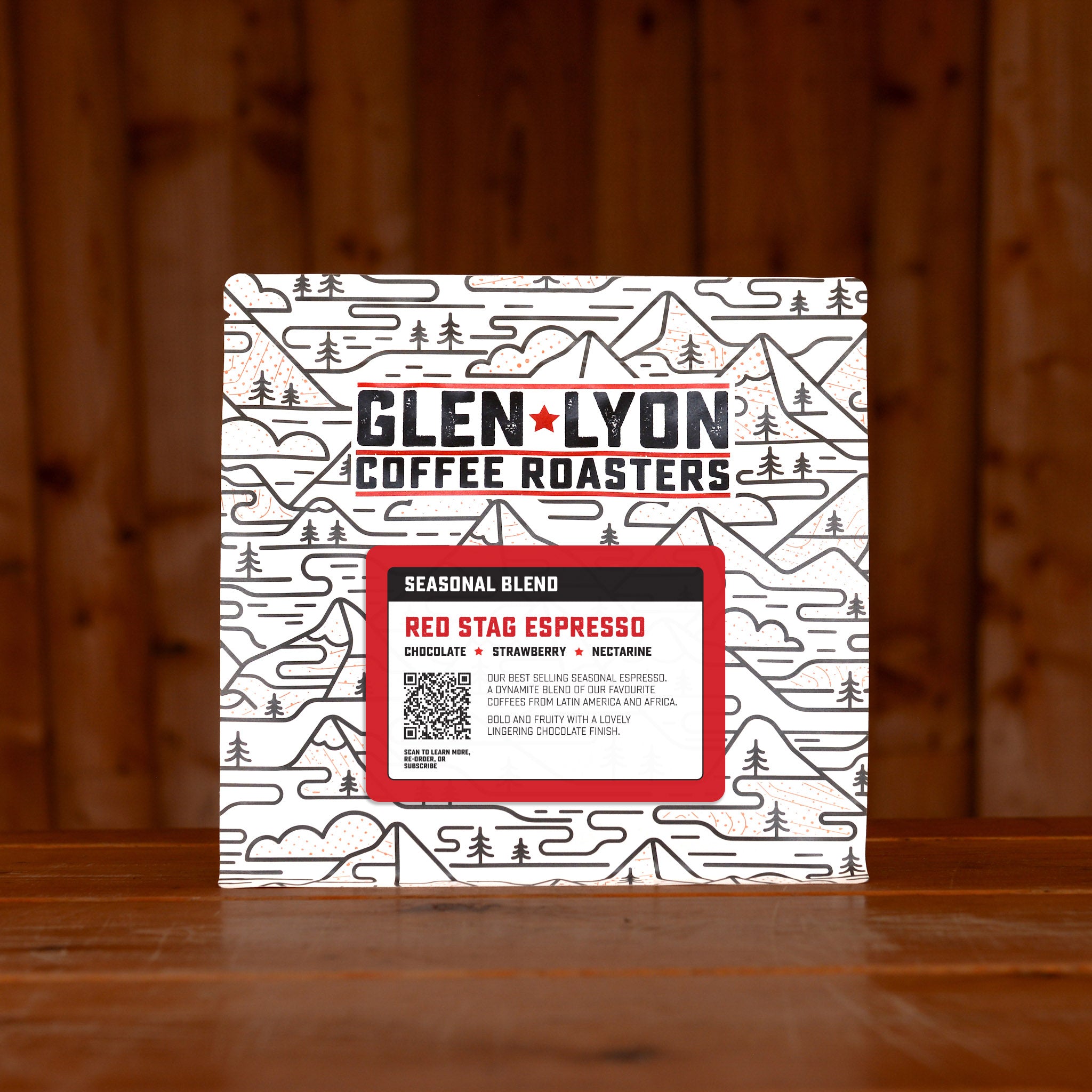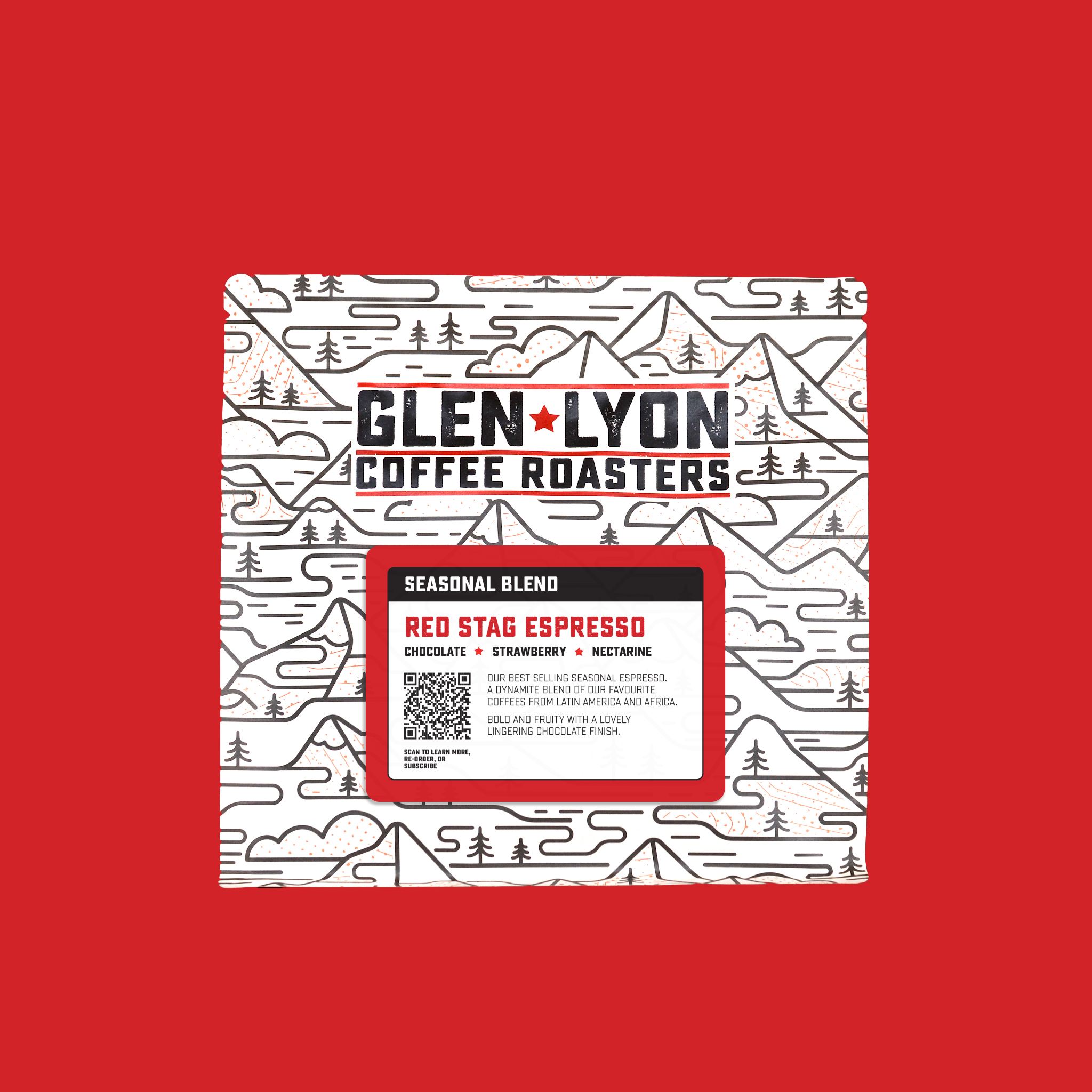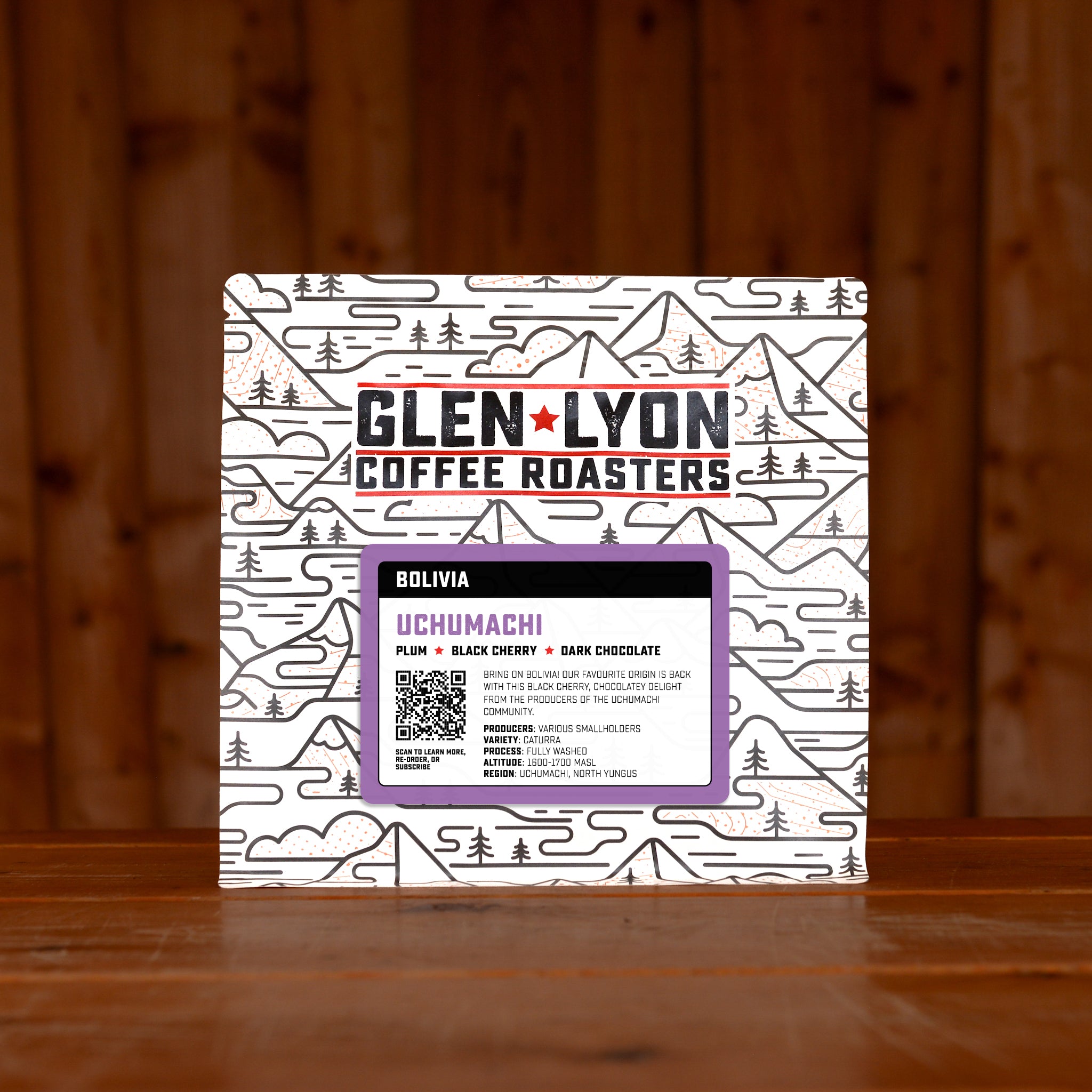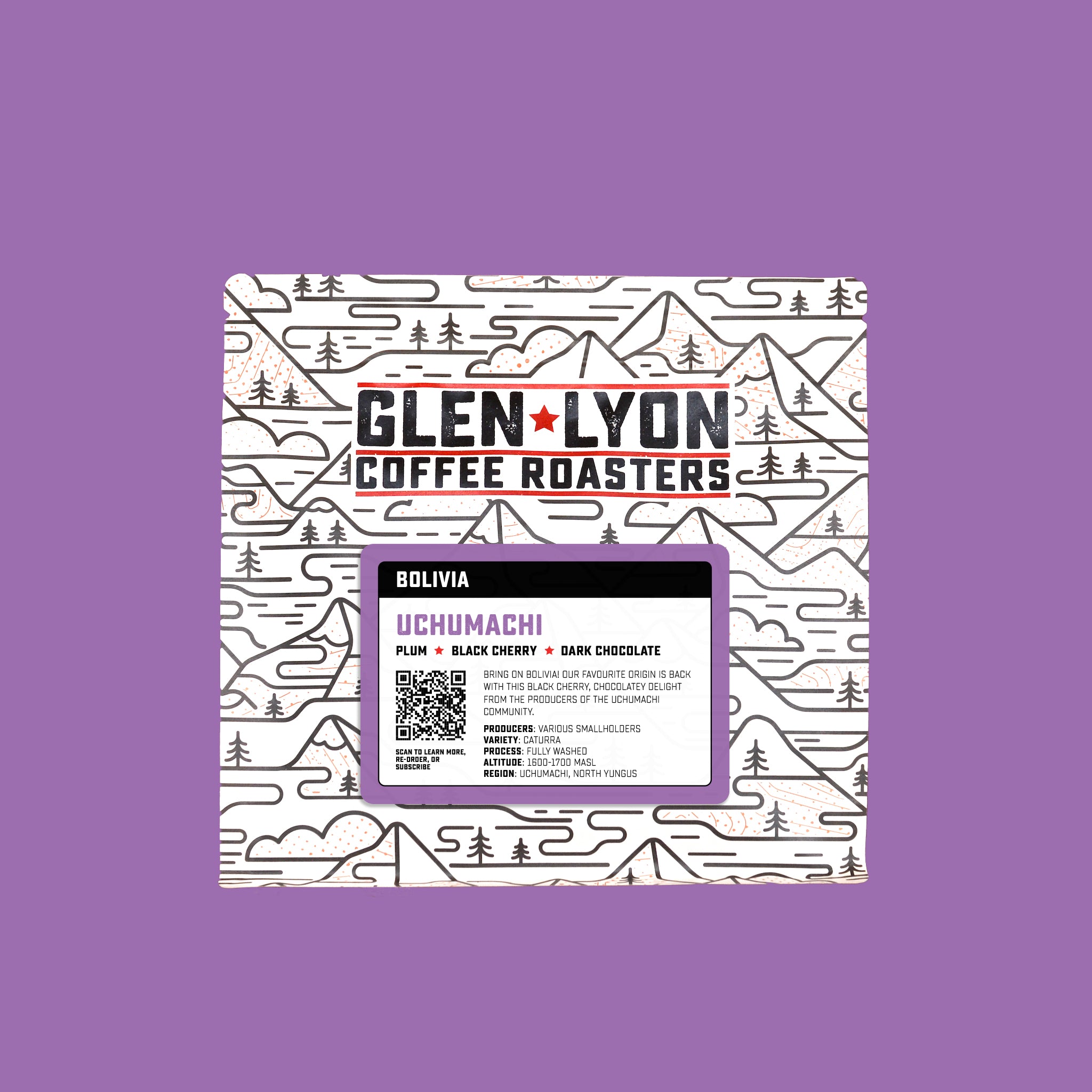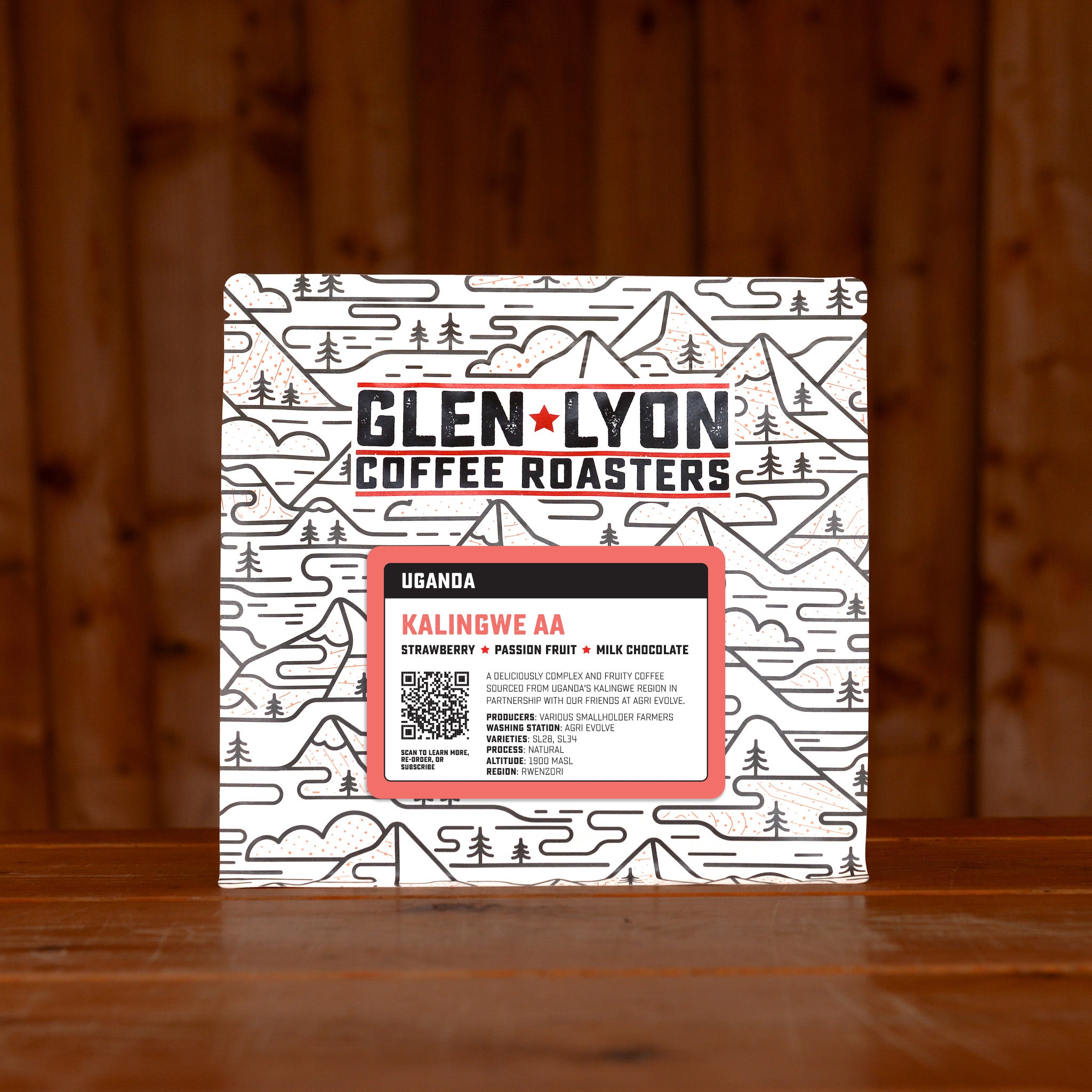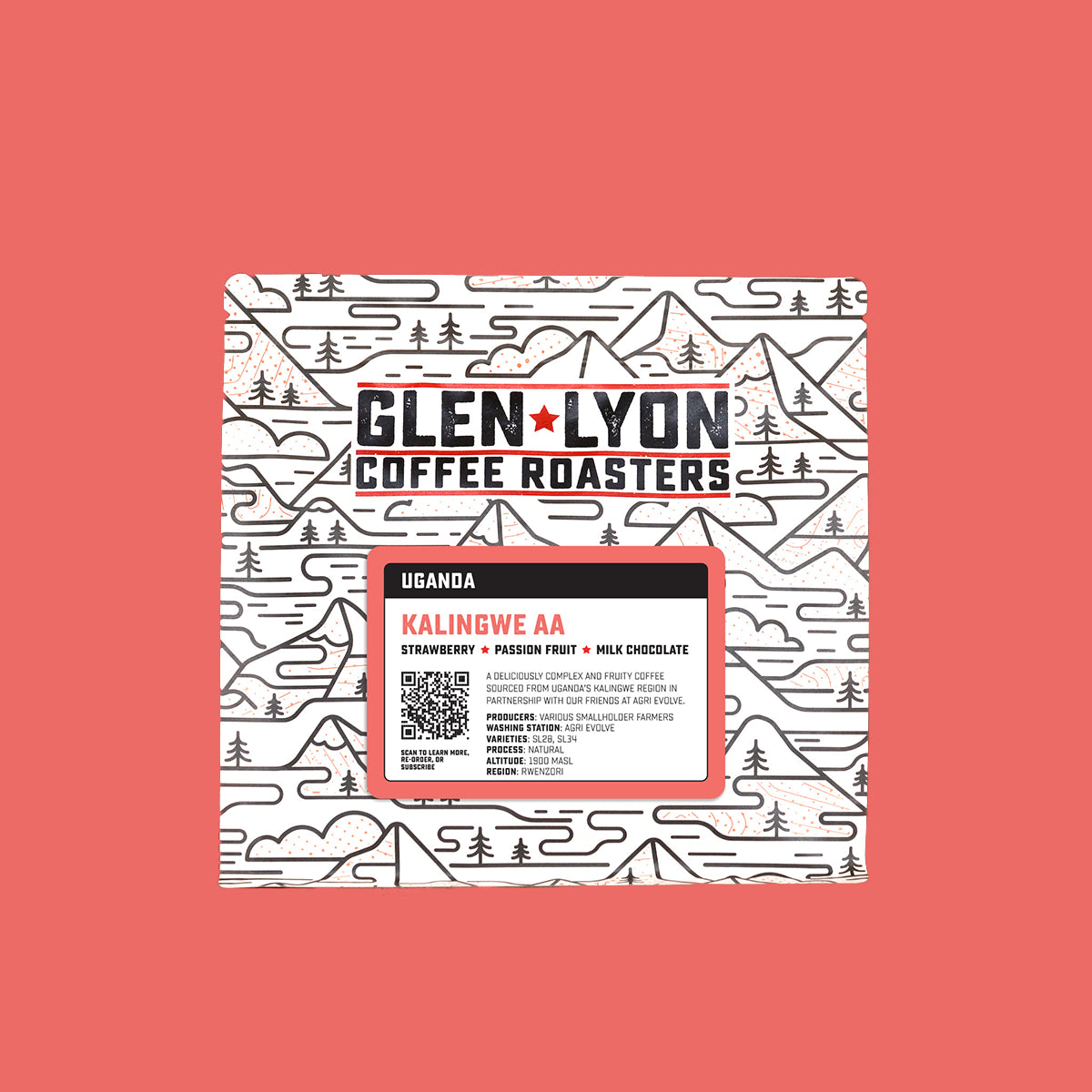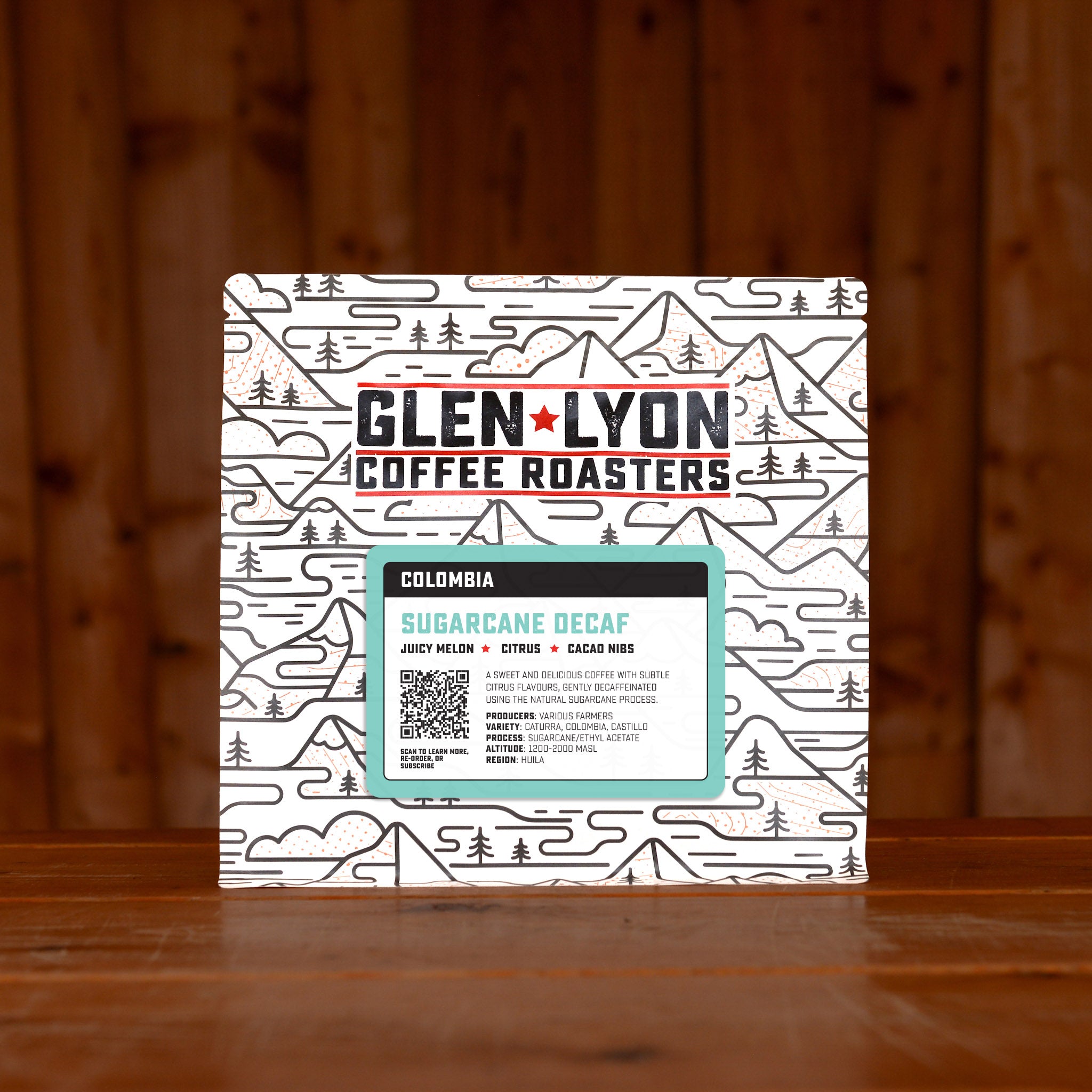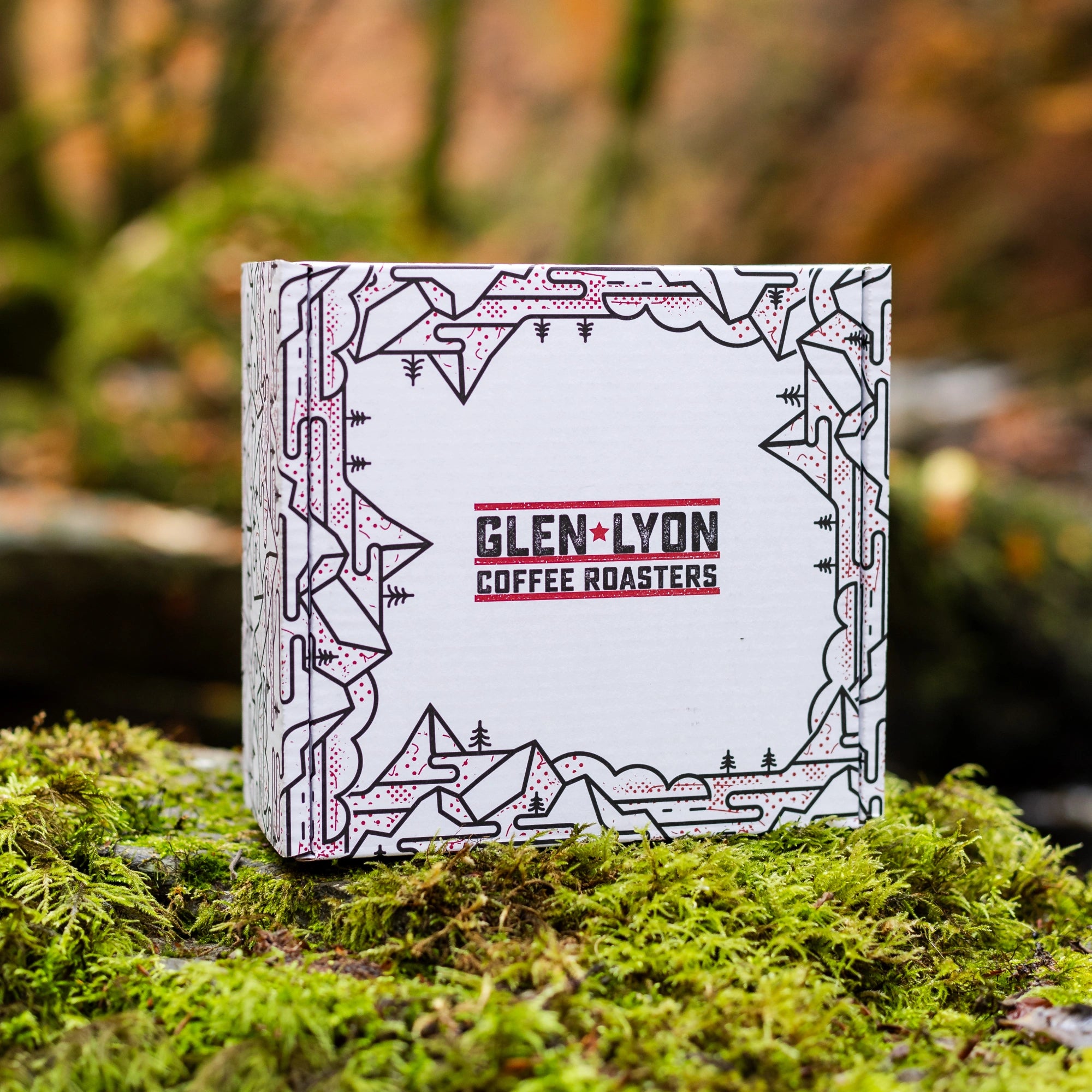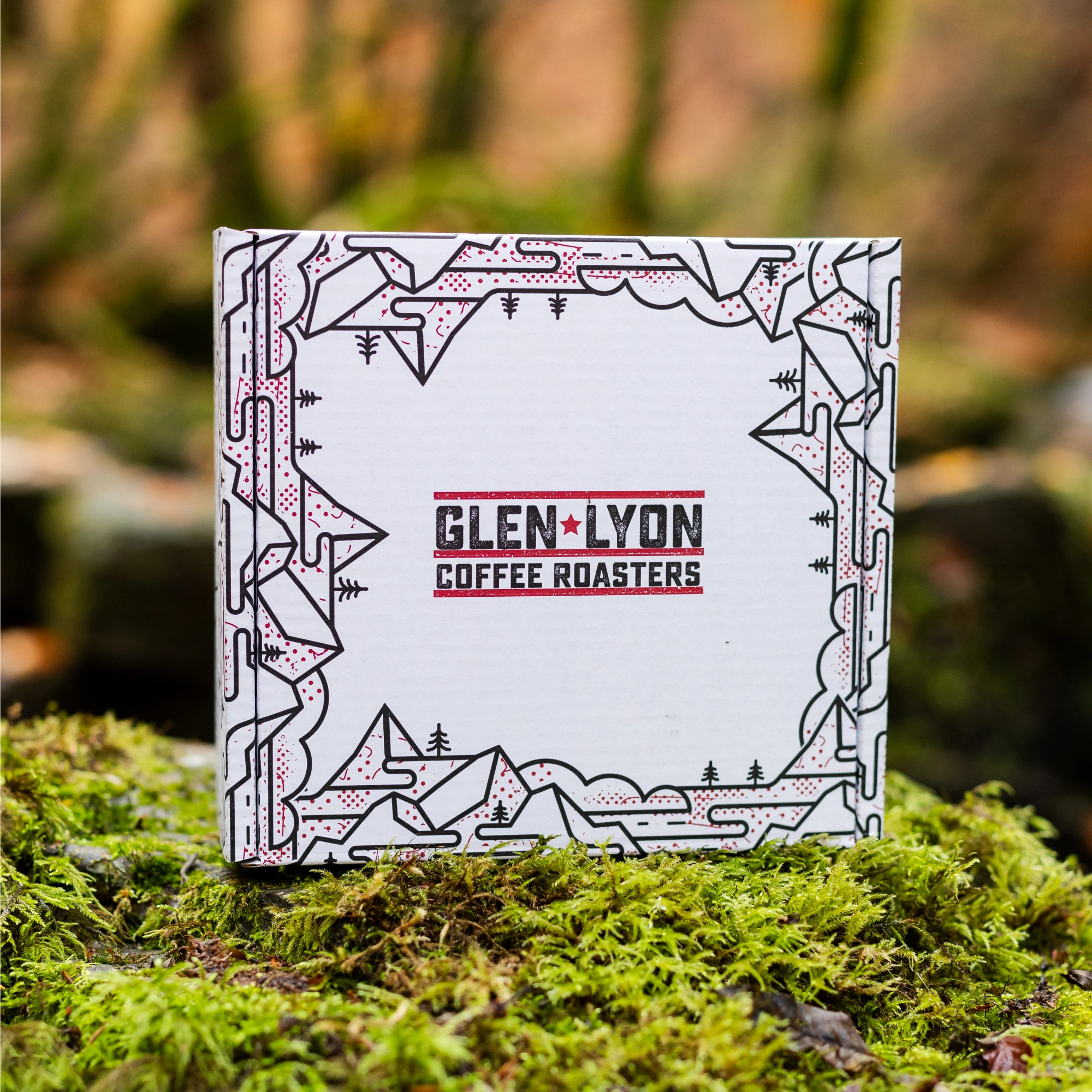We’re starting the new year with a soaring new coffee, Peru El Condor, namesake of the enormous bird of prey that makes the Andean region its home.
Like many other countries, Peru’s coffee history has an indirect but notable connection to the British empire’s colonial dominance. For the first hundred or so years after the plant was brought to Peru from Ecuador, coffee was grown almost exclusively for local consumption—however, colonial powers eventually realised its potential as an export crop.
In the late 1800s the coffee leaf rust disease decimated production in Indonesia, which at the time was a major exporter of coffee to Europe. Peru, recently independent from Spain, was struggling financially and defaulted on a loan from the British government, which resulted in Peru handing over two million acres of land to the British. Seeing an opportunity to fill the gap left by Indonesia, Britain created The Peruvian Corporation in 1890 and turned huge swathes of the countryside into coffee plantations.
Control of these large coffee farms was mostly in the hands of wealthy European elites, with the labour provided by peasants who migrated from Peru’s highlands in search of work. The Peruvian Corporation built roads and railways to transport coffee and other commodities to the coast, and had a reputation for creating atrocious working conditions on its plantations.
Coffee exports from Peru soared, but the two World Wars in the 20th century weakened Britain’s colonial grip, and the Peruvian Corporation eventually withdrew from the country. Post-World War II, the vast plantations were split up and distributed among workers and other farmers, although the indigenous peoples from whom the land was originally stolen only received a tiny amount of their former territory.
Today, most coffee farms in Peru are still very small, averaging less than three acres each, and that is true of the group of smallholders who contributed to our newest subscription coffee, El Condor.
This lot is a blend from a group of farmers living near the El Condor village in the Huabal district. Huabal is located in the Jaén province, which is itself part of the Cajamarca region in the northwest of Peru. Cajamarca straddles the Cordillera Occidental, which is one of the mountain ranges into which the Andes splits in northern Peru and its high altitude and fertile soil makes for excellent coffee-growing potential.
The producers in El Condor all have between one and three hectares of land and mostly grow caturra and bourbon varieties, but recently they have started to plant the more resilient catimor variety due to the increasing damage from coffee leaf rust. Once picked, cherries are depulped and fermented for around 24 hours, usually in bags as very few producers in El Condor have tanks, before they are washed and placed on a patio to dry.
Because of the high altitude, the coffee takes a little longer to dry in this area compared with other villages, and usually takes around 10 to 14 days. Once coffee is processed and dried it is delivered to the warehouse of our sourcing partner Falcon in Jaen, where it is prepared for export.
We have sourced some incredible coffee from the Cajamarca region over the past few years—long-time customers might remember the Chilcon Family lot from last year, or Elvis Tineo from 2023—and El Condor is no exception.
This is a lovely, sweet and fruity coffee—we especially enjoy its notes of peach sherbert!—and the perfect way to ring in the new year.


